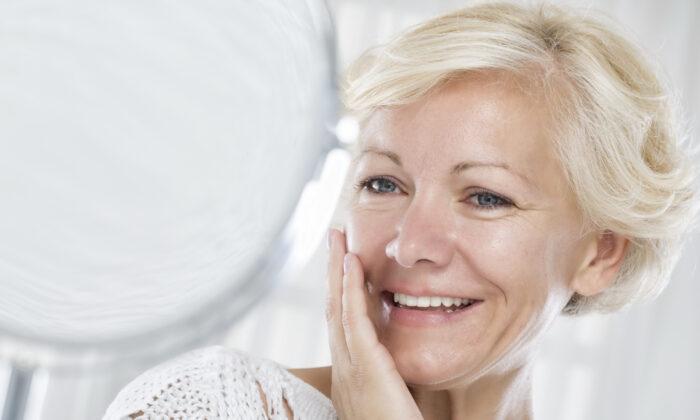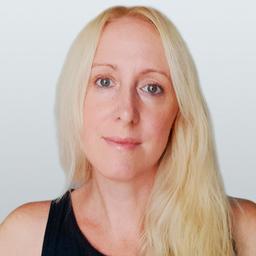What Does the Face Reveal?
Mien shiang is exceedingly complex and can take years or even decades to master. Observing different aspects of the face can purportedly tell us about everything from someone’s personality to their talents or if they’re on their intended life’s path. Using mien shiang, some experts say they can also see emotional upsets and traumas people may have suffered and even when they might have experienced them. The more we learn about mien shiang, the more we should be able to see. Using different “facial maps,” we can try to figure out various aspects of someone’s character, from the superficial to the profound.Patrician McCarthy, in her book The Face Reader goes into great detail about all the aspects of the face and what they represent. Below are some of the fundamental ones, to give you an idea.
- Shape of the face
- Size of the face
- Colors of the face
- Shape, size, and placement of each feature
- Markings, moles, shadings, lines, and wrinkles
Historically Speaking
In a time before everything we could ever want to know was available at our fingertips, mien shiang was considered an invaluable tool of both self-discovery and knowing those around you. Mien shiang was originally a practice reserved only for royalty, and it was used as both a diagnostic tool to determine existing illness and its onset or to deduce a person’s character.The latter is important when there are constantly people coming and going from your court and not all of them might be there with your best interests in mind. Emperors and court officials relied on the opinions of their mien shiang advisers to tell them if a stranger’s intentions were honorable or if they might be misrepresenting themselves in an attempt to deceive them.
Learning the Basics
12 Facial Features
Let’s start with some of the basics. First, let’s look at what facial features to look at and what they can tell us. There are several different “facial maps” or ways that we can break down the face to give us specific information. One of these “maps’' tells us about different facial features and what they represent. In mien shiang, there are 12 main facial features that reveal aspects of corresponding character traits.- Ears: risk-taking ability, longevity
- Hairline: socialization
- Forehead: parents’ influence
- Brow bones: control
- Eyebrows: passion, temper, pride
- Eyes: intelligence, receptivity
- Cheeks: confidence
- Cheekbones: authority
- Nose: ego, power, leadership, wealth
- Lips and mouth: personality, emotions, sensuality, sexuality
- Chin: character, will
- Jaw: determination
Size Matters
Another thing to consider is that in mien shiang, size matters. Large features mean that their associated characteristic is more pronounced, and smaller ones mean that the same characteristics are less prominent. For example, large ears mean more risk-taking ability; a small, narrow jaw means less determination; and the more prominent the brow bones, the more controlling a person is by nature.Age Map
Another map is the “age map,” which breaks the face down into different “zones” that are affected at different ages. It begins on the left ear, moving to the right ear, to the hairline, and downward in horizontal strips until it reaches the chin.- Left ear rim: conception to early childhood
- Right ear rim: mid-childhood to adolescence
- Hairline to eyebrows: adolescence through the 20s
- Eyebrow area: early 30s
- Eye area: mid to late 30s
- Nose: 40s
- Mouth area: 50s
- Chin: 60s
- Jaw: 70s and beyond
2 Sides of the Face
Each side of your face also reveals something unique about you. The right side of your face represents your outer self, the persona that you show to the world, or the way you want to be seen by others. This side represents your mother’s influence. The left side of your face represents your true self, the private person that you really are, or your inner self. This side represents your father’s influence.Most people’s faces aren’t symmetrical, and this has meaning in mien shiang as well. Let’s say you have a friend whose left cheekbone is more prominent, sits higher, and is more defined than the right one. Looking back at our list, we know that the cheekbones represent authority. So you might deduce that this person has a strong inner sense of authority (the left side is our true nature), but has a hard time acting on it or is shy about showing it (the right side is your public persona).
Face Reading in Chinese Medicine
Face reading can be used as a diagnostic tool in Chinese medicine. There are facial maps that represent the internal organs and other physical structures that can tell practitioners the relative health of the patient and inform them of the presence and severity of disease. Facial diagnosis is just another tool that practitioners of Chinese medicine can use to gather information, and more accurately diagnose and treat illnesses.Final Thoughts
Now that you know a little about mien shiang, take a close look in the mirror. What do you see?Your face is a record of all that you’ve experienced and gone through in life. The lessons, struggles, and laughter remain there for all to see. Frown lines and smile lines are more than nicknames for wrinkles, they’re a testimony to how you have lived and who you are.
Our faces record experiences and share a record that should be celebrated.






